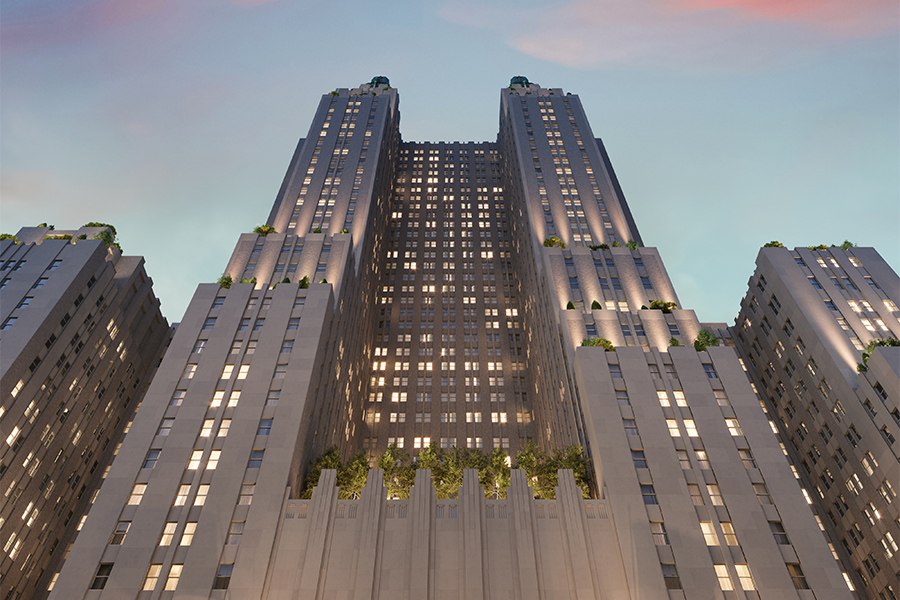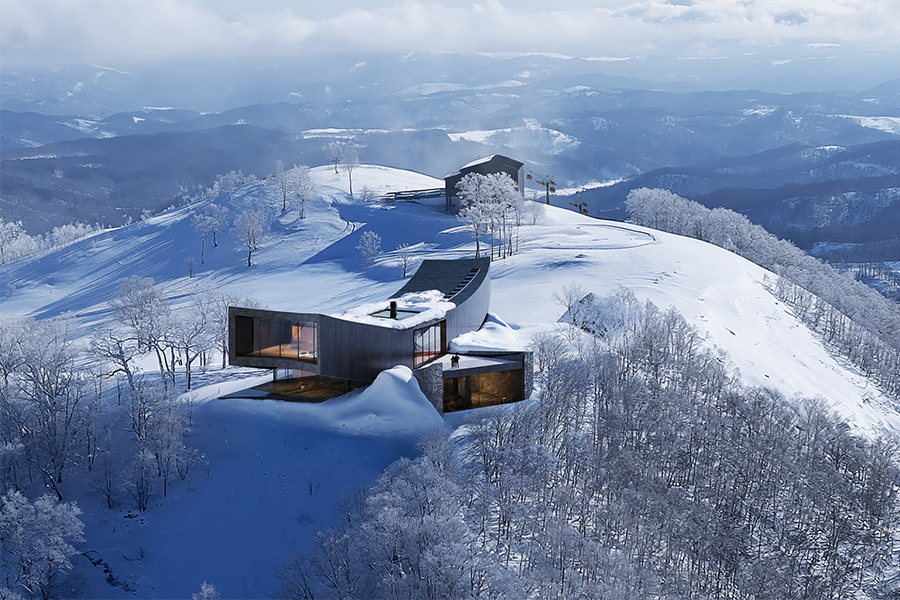“The inspiration came from the idea of owning an old palace,” says Pierre Court, who led the design of the Hotel Kempinski Vier Jahreszeiten Munich. Built a century ago by the king of Bavaria, the building once housed the monarch’s guests, who were often royalty or celebrities. Having suffered during World War II, the palace-like guesthouse was not rebuilt properly until the Kempinski group stepped in⠯⠯reinvigorating the historic building with modernity.
.jpg)
“The first challenge was to convince the hotel management to introduce a contemporary design,” says Court, principal of New York-based Pierre Court Design. In the ballroom, the work of modern American artist James Turrell inspired a suspended, geometric lighting display, which illuminates stripped carpets and leather-paneled walls. “This area of the hotel gives the building a new energy in a contemporary way,” he says. “This old palace needed to be regenerated.”

For the rooms, “the idea was the same: to introduce the heritage of Munich in a contemporary setting,” says Court. Adorned with rich brown velvet and paired with oak veneer stained ebony, the Olympic wing evokes the interior of ships that once sailed on Munich’s River Isar. “The headboard and bed canopy have the feeling of a cozy velvet box, and the white finish for the wall contrasts with the oak, ebony-finished millwork,” he says. Millwork furnishings⠯⠯such as a floating nightstand⠯⠯add a touch of modernity, along with the expansive windows.

“In terms of layout, as much as possible we opened the space and removed any walls we could to create light and open space,” explains Court. The Ludwig suite’s plaster ceiling⠯⠯an echo of the original in the lobby⠯⠯is detailed with only a lit, suspended plaster slab for an open feel. Large, inlayed oak veneer doors then provide a divider between the rooms. “The modernity also originates from the ability to open and close these big spaces,” adds Court.

To blend this contemporary detailing and the hotel’s Bavarian history, the artwork recalls the building’s royal past. “The main design focus is how we used the reproductions of the paintings from the Alte Pinakothek of Munich, the national museum of Bavaria,” says Court. The Pinakothek allowed the design firm to use high-resolution photographs of historic German paintings, which were enlarged and focused into canvases to cover ceilings and walls. “The paintings give an identity to each room,” he adds.
Created in the 14th to 18th centuries, and ranging from warrior imagery to Renaissance portraits, these paintings appear over beds, behind desks, and on various walls. Despite these touches of the past, the wallpaper-like appearance of the canvases showcases a twentieth-century appeal.
“We quickly realized people rediscovered these paintings thanks to the enlarged details,” says Court. “Everyone saw the paintings with a different perspective.”


